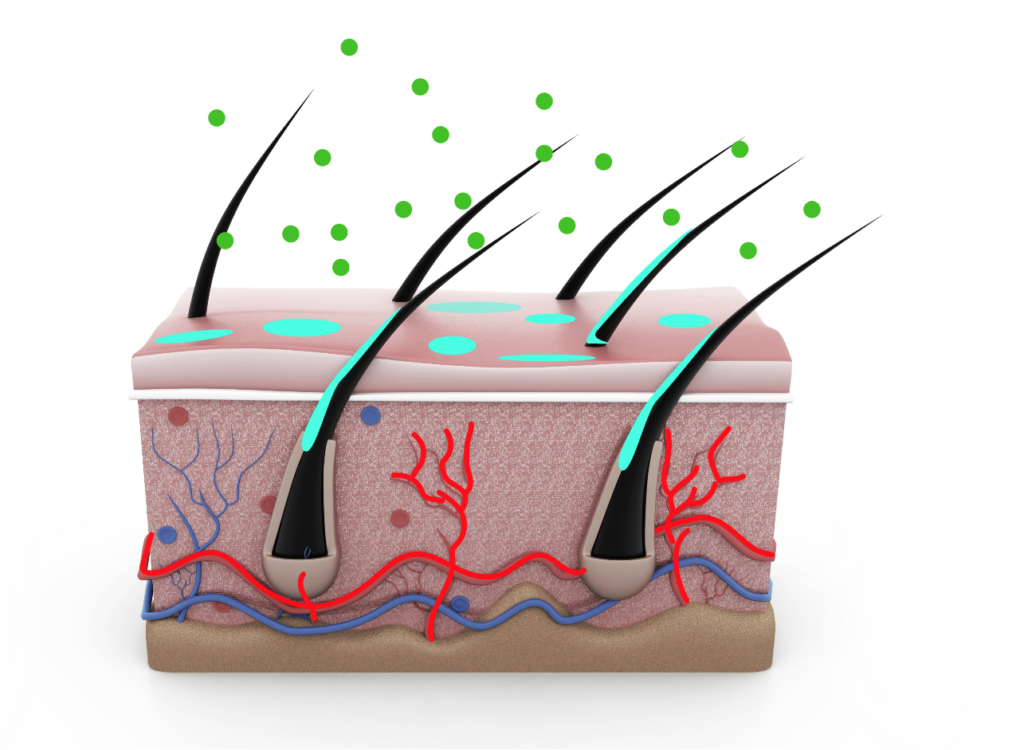Adult & Child Drug Testing Lab
Hair Exposure Drug Testing (ChildGuard®)
Ensure you’re always ready to meet your communities’ drug testing needs. Start using ChildGuard®, the first drug test designed to detect passive exposure to native drugs and drug metabolites in hair specimens.
ChildGuard® can provide evidence of substance exposure in a child’s environment for up to approximately 3 months and can be performed on donors of any age.

Environmental exposure in this context is one or more of the following:
- Contact with drug smoke,
- Contact with sweat or sebum (skin oil) of a person in active use,
- Contact with the actual drug,
- Unintentional or intentional ingestion of the drug(s).
How Does it Work?
For information about specimen collection, see our hair testing pages.
Drug Panels
For a printable PDF click here.
- 13 Panel
- 10 Panel
- 9 Panel
- 7 Panel
- 5 Panel
*Click the green and white plus sign beside each drug class to view the substances within each class.
Add-Ons Available
Collection
Collection Instructions
Client Services
By Phone: 1.800.235.2367
Business Hours (CST)
Monday 7am-7pm
Tuesday 7am-7pm
Wednesday 7am-7pm
Thursday 7am-7pm
Friday 7am-7pm
Saturday 8am-5pm
Testing Details
Collection Resources
ChildGuard® Hair Exposure Resources
Panel Name: Hair Exposure Testing (ChildGuard®)
Panel Description: Hair Exposure Testing (ChildGuard®) Drug Panel
Type: Profile
Matrix: Hair
Collection Container: Foil in a tamper-evident sealed envelope
- References
- Articles
- FAQs
- White Papers
Quantity Not Sufficient 11-Nov-2016
The Shelter of the Law 01-Dec-2015
The Use of Hair Exposure Testing (ChildGuard®) in the Evaluation of Child Physical Neglect/Drug Endangerment 21-Mar-2016
Workplace Testing Rules Are Poor Governance For Environmental Exposure Analysis in Child Samples 01-Jan-2014
High Yield Determinations 01-Dec-2015
Contact USDTL
1.800.235.2367
Client Services
Business Hours (CT)
Mon.-Fri. 7am-6pm
Sat. 8am-5pm
Holidays Closure
New Year's Day
Memorial Day
Independence Day
Labor Day
Thanksgiving Day
Christmas Day
Request Your Collection Supplies
For your convenience, USDTL provides test collection supplies at no additional charge.
Newsletters, Posters, and Catalogs
Our print materials will keep you up to date on the latest news in drug and alcohol testing.


